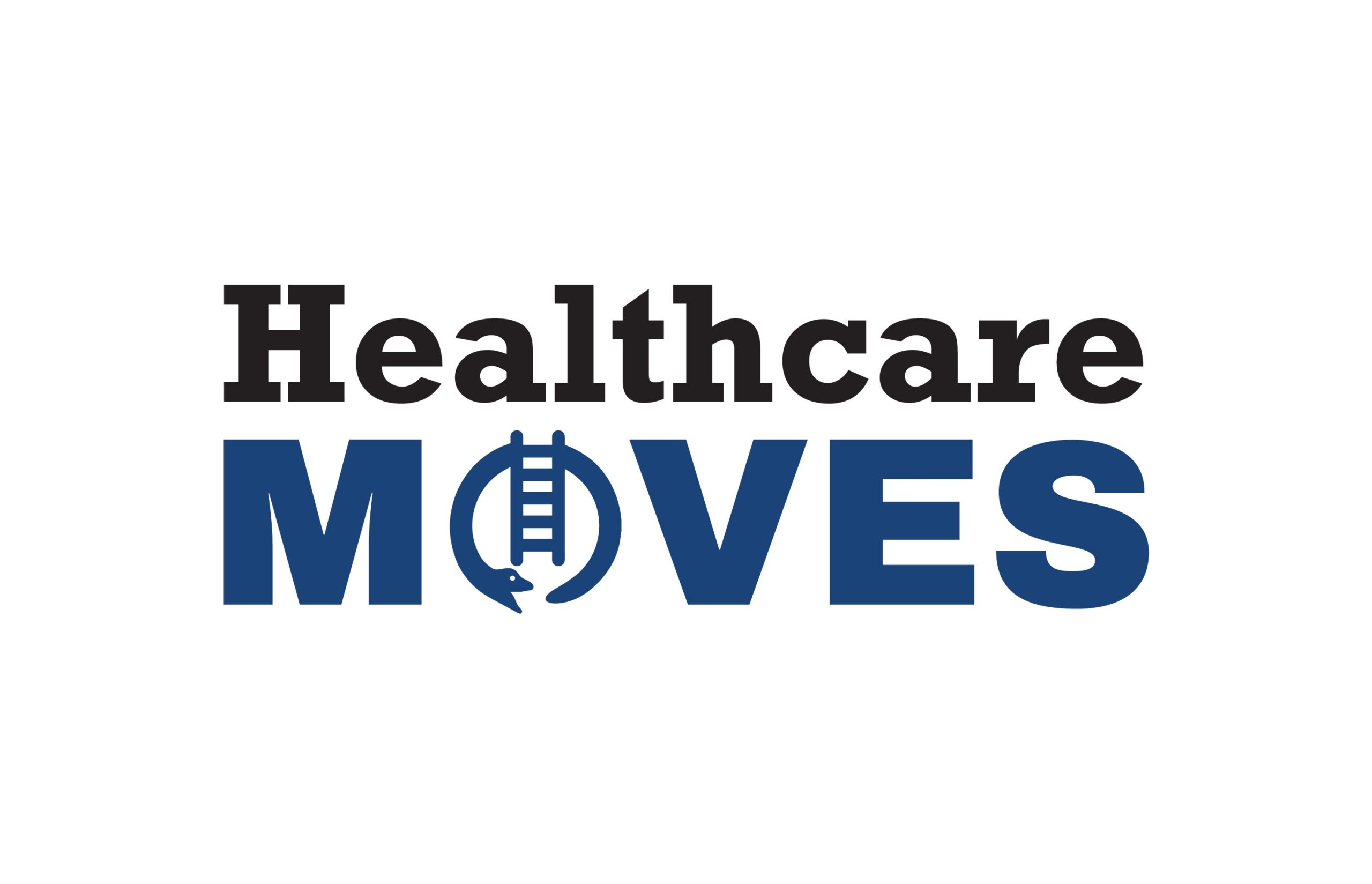One in four individuals in the United States suffer from mental illness. Mental health has traditionally been underfunded and its victims, over stigmatized.
Many mental health conditions affect individuals living in impoverished, rural communities in which access to care is limited, if not completely unavailable.
Although natural options can be extremely effective for prevention and adjunctive treatment for individuals with mental health conditions, technology is beginning to shine light on the potential of caring for individuals suffering from these conditions in new and innovative ways. With the recent surge in medical advancements, particularly with regards to technology, we can begin to bring treatments and assistance to those in need, regardless of where they may be located.

With the Rise of AI, What IP Disputes in Healthcare Are Likely to Emerge?
Munck Wilson Mandala Partner Greg Howison shared his perspective on some of the legal ramifications around AI, IP, connected devices and the data they generate, in response to emailed questions.
Three ways technology will begin to change the face of mental health care this year are the Fisher Wallace Stimulator, Pala-Linq and telepsychology/psychiatry.
Fisher Wallace Stimulator (fisherwallace.com)

The Fisher Wallace Stimulator is an FDA approved wearable device for individuals suffering from depression, anxiety and insomnia that stimulates the brain to produce serotonin and other neurochemicals the body needs for healthy mood. By using brain stimulation, harsh side effects from anti-anxiety and anti-depressant medications can be avoided. Each session is 20 minutes in duration and individuals can read, watch TV or relax during their treatment sessions.
Pala-Linq (palalinq.com)

Pala-Linq is a mobile/web application and wearable that enhances and supports drug and alcohol addiction. Traditional rehab facilities have high drop out and remission rates, in fact 40-60% of individuals in recovery eventually relapse. Pala-Linq enhances and supports the recovery process by measuring mind, body and spiritual activity levels and keeps the individual supported through a network and goal maintenance.
Telepsychology/psychiatry

Psychology services typically do not require a physical assessment following the first visit, therefore, telepsychology provides great opportunity for individuals living in rural areas to access their psychologist/psychiatrist from home. By use of HIPAA approved video conferencing, therapy is provided to the individual from a licensed psychologist or psychiatrist. It is not uncommon for individuals suffering from mental illness to suffer from symptoms late at night and need quick access to their provider, by use of telepsychology, the individual can access a provider in or out of state if their provider is unavailable at the time. This ensures therapy on demand when the individual needs it the most.
Through these three technological advancements and more, the treatment of mental illness in underserved and over stigmatized populations will undoubtedly continue to make much needed progress. The future of effectively addressing mental health conditions and treating individuals in need relies on stronger support networks and enhanced access to care, thankfully, technology can begin to close the gap and bring patients and their caregivers closer together to stimulate and enhance care.















